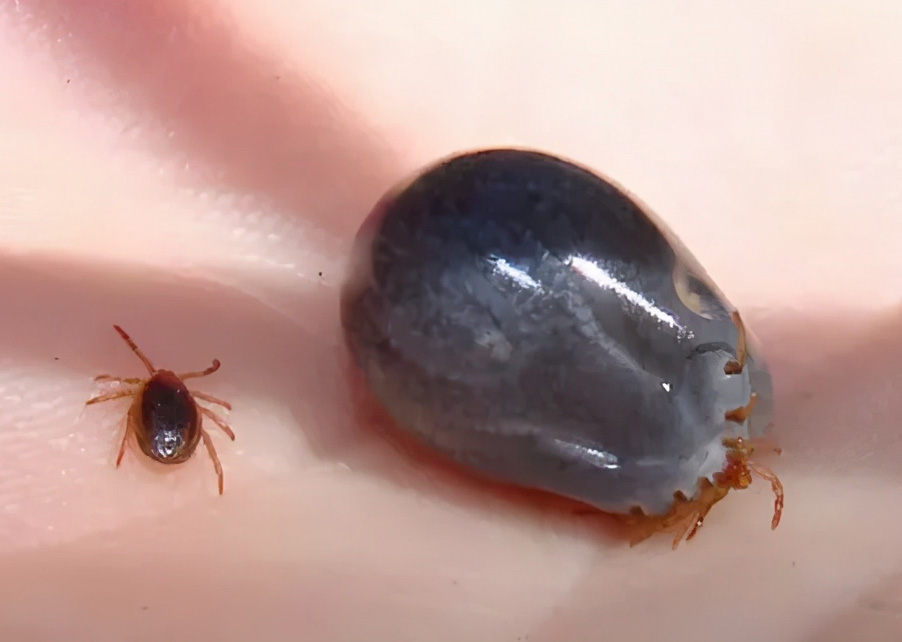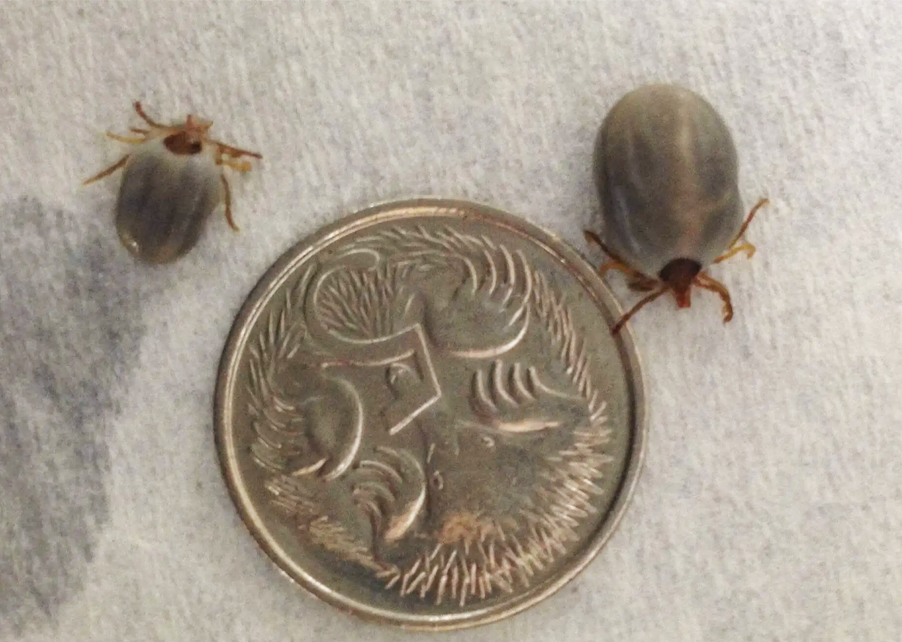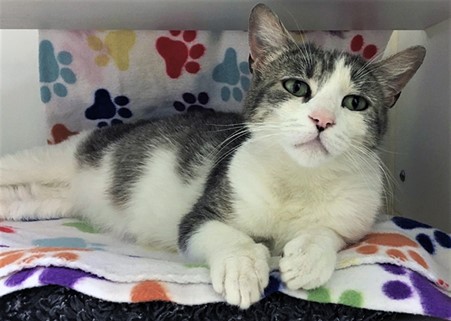Whilst the team at Maleny Vets love your pets almost as much as you do, we don’t want to see them this festive season (in an emergency situation, that is). Please, please, please remember that animals have different internal make-ups to humans, so many of the foods that we choose to indulge in (or over-indulge in) at this time of year can be incredibly harmful if consumed by your pets. Vets’ orders – keep any and all leftovers for yourself!
Below we’ve compiled a list of the most common offenders when it comes to ‘good intentions gone bad’ at Christmas. In the spirit of the season, we’ve divided suggestions into Santa’s ‘Naughty’ and ‘Nice’ lists…
Naughty List
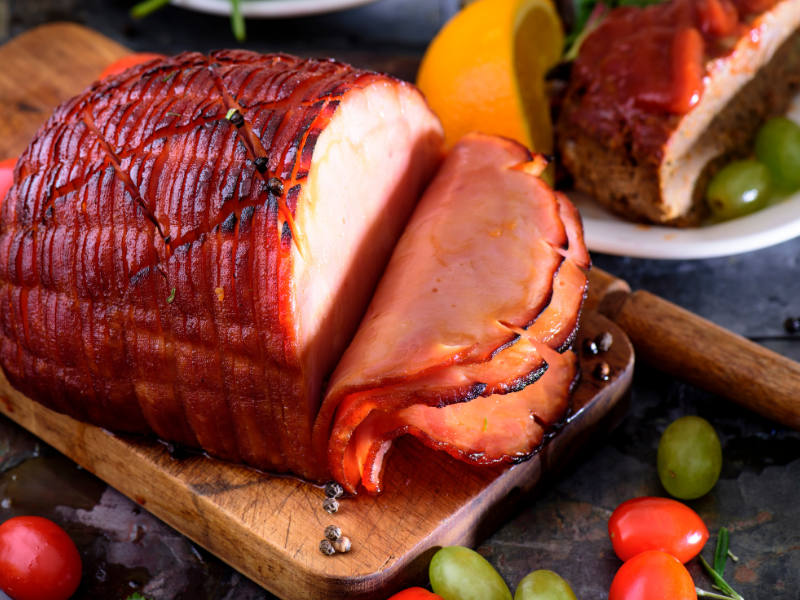
Ham
Loaded with sodium-based nitrates and nitrites, the salt content in ham is way too much for most pets to handle. Too much sodium/salt can lead to vomiting, diarrhea, excessive thirst, urination, fluid retention and lethargy.

Chocolate
Chocolate contains theobromine which incites similar effects to caffeine – probably why we love it so much. But because your pets are smaller and have different metabolisms to humans, even a small amount can be poisonous to your pet and lead to nausea, diarrhea, increased heart rate, hyperactivity and possibly even tremors, seizures and death.

Fatty foods
Fatty foods containing butter, oils, meat drippings/grease/fat etc can cause a condition called pancreatitis in your pets. This can be incredibly painful for the poor little guys, and in some cases can result in organ damage, internal bleeding and death.

Prawn shells
They’re smelly and tasty and oh so appealing to your pets, but these little suckers are a common choking hazard and break apart after being ingested, creating sharp little shards that can cause big trouble in your pets’ intestines.
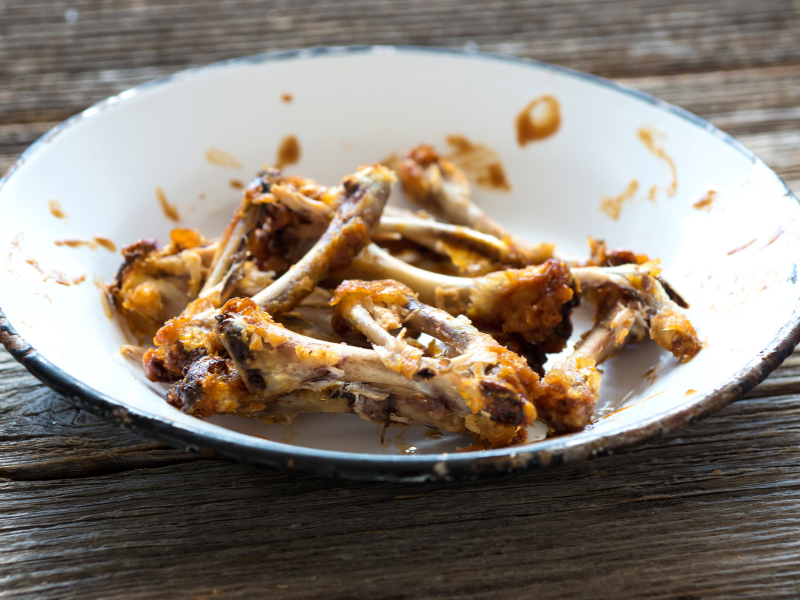
Cooked bones
Just like prawn shells, cooked bones have a tendency to splinter into shards that pierce mouths, throats and intestines, creating all sorts of painful and/or dangerous problems for your pet.

Garlic/onions
Humans may love these tasty flavour bombs but these two and other members of the Allium family of plants can be toxic to your pets. Symptoms of toxicity (which may take several days to appear) can include vomiting and diarrhea, anemia, breathlessness/rapid breathing, lethargy, abdominal pain, discoloured urine and an elevated heart rate.

Grapes
A great summer snack for humans, grapes and raisins are another no-no for cats and dogs. Aside from being an obvious choking hazard, all colours of grapes contain toxic compounds that can cause kidney failure in your pets.

Barbecues/fires
Lots of fun and excitement outdoors can lead to serious burns and injuries if your pets aren’t kept secured around barbecues and fires – don’t let those furbabies play anywhere near heat and flames!

Batteries
A dishonourable mention goes to the forgotten Christmas villain… batteries. Batteries – especially those ‘snack-size’ button fellas – can cause choking, intestinal blockages or corrosive internal ulcers and burns leading to permanent organ damage and death.
Nice List

Gift your pets tick prevention
During the summer months, it is more important than ever to ensure your pets’ tick prevention is up-to-date. This will ensure they have the best chance to be protected from these nasty critters. With the severity of tick numbers in our region, daily checks of your pets is also highly recommended.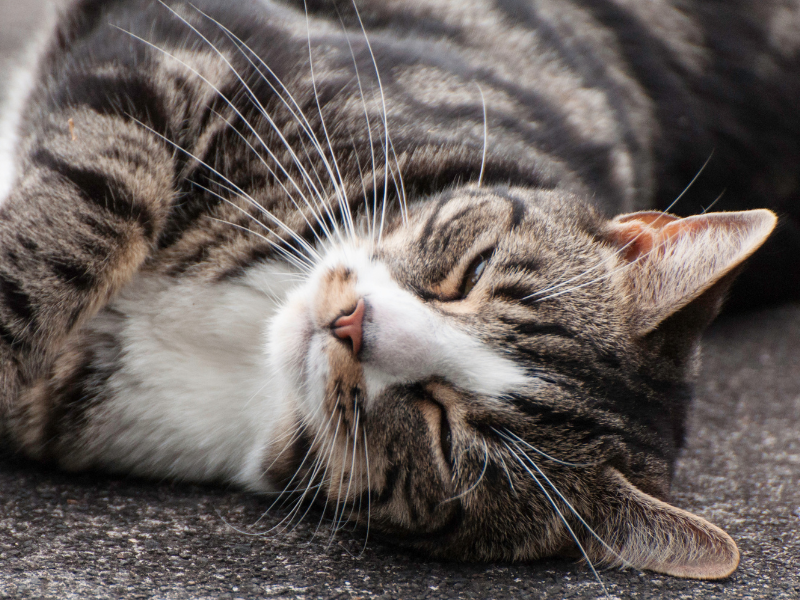
Maintain your pets’ normal diet
Just because we humans tend to get a little snack-crazy at this time of year, doesn’t mean our furbabies need to. Do your pets the kindest favour and only feed them their regluar diets, leaving out all the extra snacks and treats that we’re tempted to share with them.

Give your pets lots of cuddles
If you’re lucky enough to have some time off, just spend it playing with your pets and give them lots of extra cuddles. Remember, they’re a huge part of our world but we are their whole world and time with us is the thing they treasure the most!




